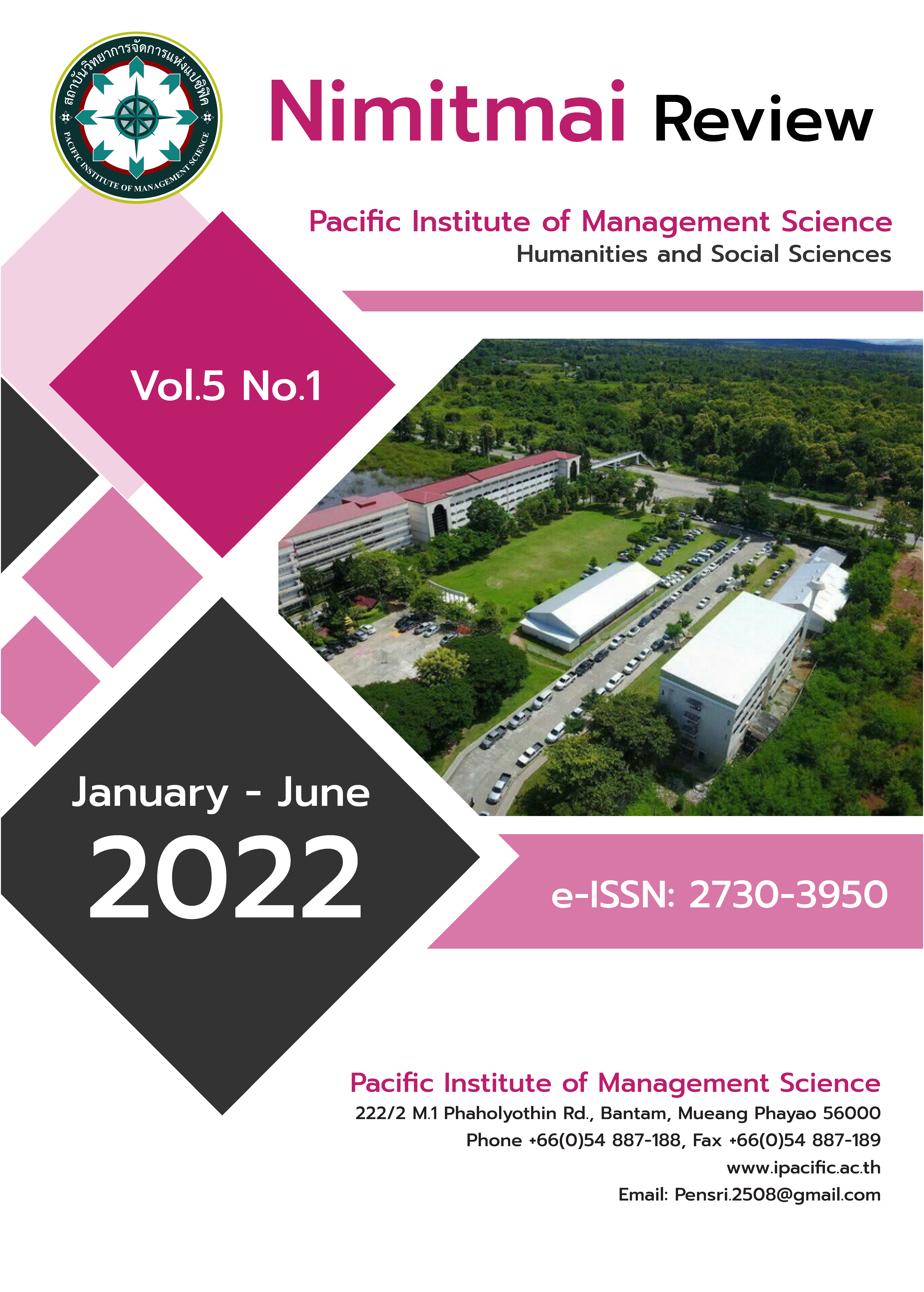Developing a law enforcement communication model in the arresting class of Traffic officers in the area of the Metropolitan Police Headquarters.
Keywords:
Developing a law, Enforcement communication The arresting class of TrafficAbstract
The objectives of this paper are: 1 To study the state of law enforcement communication problems in the arrest class of Traffic officers in the area of the Metropolitan Police Headquarters 2 To study the communication model for traffic law enforcement in the process of arresting traffic officers in the Metropolitan. Police Headquarters area. 3 To develop a communication model for law enforcement in the arrest process of traffic officers in the Metropolitan Police Headquarters area. A qualitative research model was used by structured in-depth interviews with 78 participants. The results were analyzed and presented. descriptive The research found that
- Problems of the agencies responsible for the areas that the traffic officers are affiliated with do not communicate the conditions of traffic problems to the people, causing the traffic officers to communicate in order to create knowledge. Understanding people with a non-strict attitude towards observing traffic laws in addition to communicating about traffic law enforcement in the arrest process amid an inappropriate communication environment. and not being careful with gestures and emotions
- Communication format for arresting traffic offenders is communication outside the organization Dress must be revealed The spoken word and language must be formal or semi-formal. Words must be concise and easy to understand. Refrain from giving personal opinions. Understanding the consequences of violating the law and emphasizing the value of complying with traffic laws
- Development of communication patterns in law enforcement in the arresting class The police station must communicate information about the problem behavior of road users in the overall area to the people who use the road. There should be knowledge management and or removal of law enforcement communication lessons. Inventing the right words to communicate during incidents and resolving stressful situations in law enforcement.
References
Berlo, David K. (1960). The Process of Communication: An introduction to theory and
practice. New York: Holt, Rinehart and Winton.
Bureau of Transport and Traffic Policy and Planning, (2019). Journal of Transport and Traffic Policy January-March 2019 Office of Transport and Traffic Policy and Planning (OTP), Ministry of Transport.
Bradford, J. Allyn & Guberman, Reuben .(1978). Transactional Awareness., London:
Addison-Wesley Publishing Company Inc.
Devito, Joseph A. (1997). Human Communication. 7th ed., New York: Longman.
Embree, John F.(1950) “Thailand : A Loosely Structured Social System,” American
Anthropologist,Yale University.
Harold Berman.(1972) Soviet Criminal Law and Procedure. (Cambridge : Harvard University Press, 2nd ed , 1972)
INRIX Global Traffic Scorecard, (2018). The INRIX 2018 Global Traffic Scorecard is an
analysis of congestion and mobility trends in more than 200 cities in 38 countries. THE MOST CONGESTED CITIES IN THE U.S. (BASED ON HOURS & MONEY LOST DUE TO TRAFFIC ANNUALLY) For the complete INRIX 2018 Global Traffic Scorecard visit INRIX.com/scorecard
Makkong M. et al(2020). Participatory Communication in Solving the Water Pollution
Problem of Siwa Phasawat Canal in Samut Sakhon Province, JOURNAL OF LOCAL GOVERNANCE AND INNOVATION 4(3).80-90
Satitkharanee, N (2016). ENFORCEMENT OF ROAD TRAFFIC ACT (NO.12) B.E. 2562,
THE CASE STUDY OF DRIVING LICENSES, Journal of MCU Nakhondhat, 8(4)75-89
Downloads
Published
Versions
- 2023-02-12 (3)
- 2022-07-18 (2)
- 2022-06-30 (1)
How to Cite
Issue
Section
License

This work is licensed under a Creative Commons Attribution-NonCommercial-NoDerivatives 4.0 International License.



